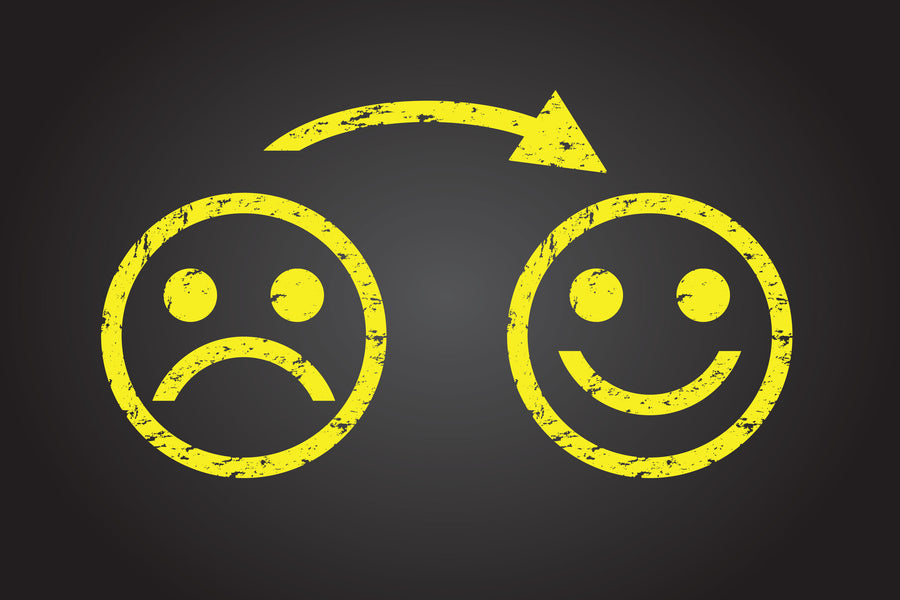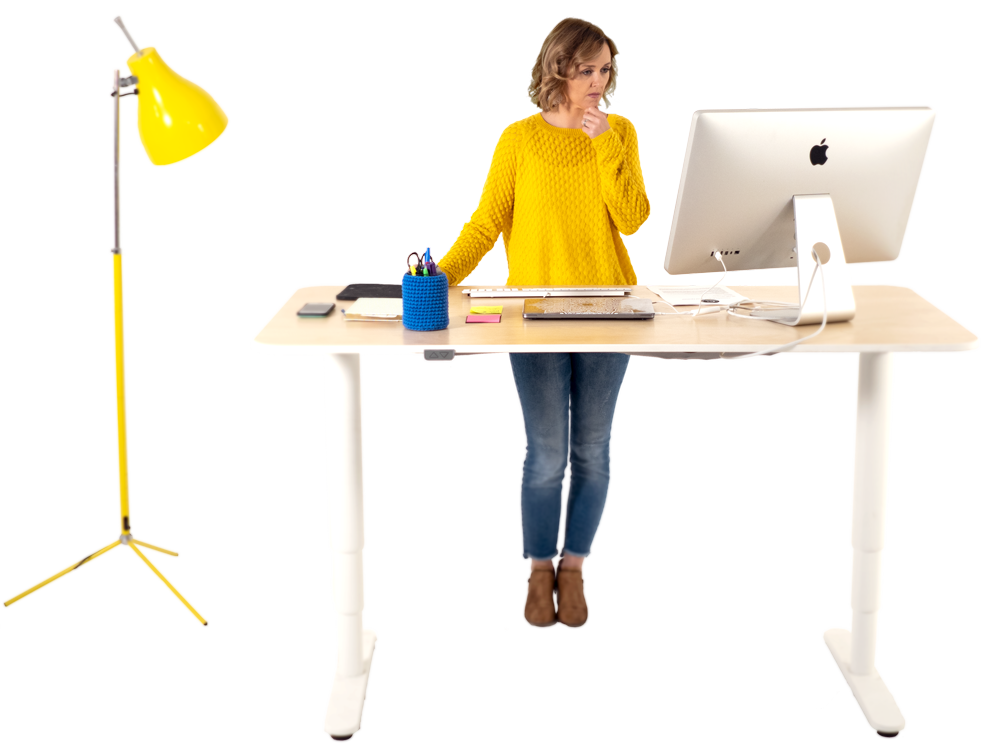
There’s a strange paradox that took place in the years following the birth of my two sons.
Although I discovered a new and delightful maternal love, along with a profound sense of clear-minded meaning and purpose, my mental wellbeing took a dive. All the caring, cleaning, cooking, washing, planning, and putting-on-a-brave-facing combined with chronic sleep deprivation and finding only rare moments of “me” time, took its toll.
I wasn’t experiencing a full-blown depressive episode, but twelve months after my youngest son was born, I rated myself just below average on the Mental Health Continuum, which is a scale developed by Professor Corey Keyes from Emory University, and presents mental health as being on a range at the two extreme ends.

It was my first-hand experience of an all-too common phenomenon that, in part, inspired my latest project, which investigated if there was something that I could be doing for myself – something that didn’t require medication, or weekly trips to an expensive therapist’s office, to improve my wellbeing.
Although I found studies demonstrating all manner of things that could provide a short-term mood boost, ranging from listening to music, having a massage, writing in a journal, immersing myself in art, hugging, laughing, exercising, or even drinking tea and chewing gum; as a health journalist, I was after something more concrete and long-lasting.
Regular readers will know that ultimately my search led to a project that became known as My Year of Living Mindfully and involved enlisting a team of scientists to track everything from my stress hormones, to my immune system, brain structure and function, genetic expression and cellular ageing. But it was most surprising that of all the multitudes of scientific markers we measured, in the end, there was only one that really mattered to me – how I felt.
As I neared the end of my mindful experiment, I realised I needed help in order to make sense of the World Health Organisation’s Quality of Life assessment (WHOQOL-100) that I had filled in as an afterthought before I began my experiment protocol of meditating every day. I wanted to know if scientists would be able to measure my my feelings of being, well, better.
I got in touch with Kimina Lyall, a Doctor of Psychology (clinical) candidate at Deakin University, who has a special interest in mindfulness and subjective wellbeing. Kimina’s doctorate supervisor, Robert (Bob) Cummins, is renowned in wellbeing and quality of life research. He's surveyed tens of thousands of people over almost 20 years and found that the population average for subjective wellbeing sits around 75 percentage points, give or take a few. That is, most of us score 75.02 out of 100 in questionnaires about wellbeing and quality of life. (You can take the questionnaire that Bob developed here.)
From all this data, Bob has developed a theory called Subjective Wellbeing Homeostasis, which has some similarities with another concept in social psychology known as the Hedonic Treadmill. Like all social science, there’s nuance, but generally, the evidence suggests that despite the highs and lows we may experience in our lives, most of us have a happiness baseline to which we are destined to return. The Hedonic Treadmill is why people who win the lottery ultimately end up no happier, or how it is that people who have debilitating accidents are often able to bounce back emotionally.
According to Bob’s specific theory, our homeostatic system maintains our wellbeing “set point” within a range, allowing for minor variations from day to day, or even year to year.

Small disappointments or achievements are unlikely to nudge our subjective wellbeing outside of that range, however, when really bad things happen; say we lose our job, go through a horrendous divorce, or a loved one dies, we can be knocked out of our set point range.
The theory is that if we’re able to draw on external resources such as our finances and support networks to get us through, then we can find new behaviours and habits and get back to normal. If, however, the challenge is greater and more prolonged, or we experience multiple debilitating events at the same time, we can go into "homeostatic failure"; aka depression.
Unfortunately I hadn’t collected enough data at the start of my experiment to know for sure, but if I was to speculate, I’d say that the challenge of working-motherhood had knocked me out of my own set point range, even bordering on what Bob’s theory would call “homeostatic defeat.”
Kimina’s compelling (but as yet untested) theory is that mindfulness meditation training could be a tool to help people like me return to our natural homeostatic range.

What I find interesting is that before the experiment, I was exercising regularly and eating a healthy, mostly junk-free diet. I lived in a peaceful, stable country, had meaningful work, healthy kids, a loving husband and good social support. I ticked all the boxes for what “should” constitute a subjectively happy person. And yet I was still below average on the wellbeing scale.
Without giving away too much about the ending of my mindful experiment, I can reveal that by the end of my mindful year, I still had all those things going for me, but when I added daily mindfulness meditation into the mix, my score improved markedly.

As for my final conclusions, although it would be nice if there really were “Five Proven Ways to Boost Wellbeing” as the click-bait headlines in my social media feed suggest, researchers like Bob and Kimina still have a lot more work to do in order to investigate the most effective methods to restore our homeostatic wellbeing when we’ve been knocked off course.
In the same way I don’t think that yoga will work for for everyone wanting to do strength training, or that running marathons is ideal for anyone wanting to develop better endurance, I suspect that the answers will end up being different depending on our unique life circumstances and dispositions.
I am certain of one thing though, I may not have a scientific test to prove it, but with hard work, consistency and dedication; and under the guidance of expert teachers, my daily mindfulness training has most definitely bought me some all-important wiggle room to face life’s inevitable setbacks and my own wellbeing and quality of life is immeasurable improved.





 My Year of Living Mindfully (DVD)
My Year of Living Mindfully (DVD) The Connection (DOWNLOAD-TO-OWN)
The Connection (DOWNLOAD-TO-OWN) My Year Of Living Mindfully - Book
My Year Of Living Mindfully - Book




